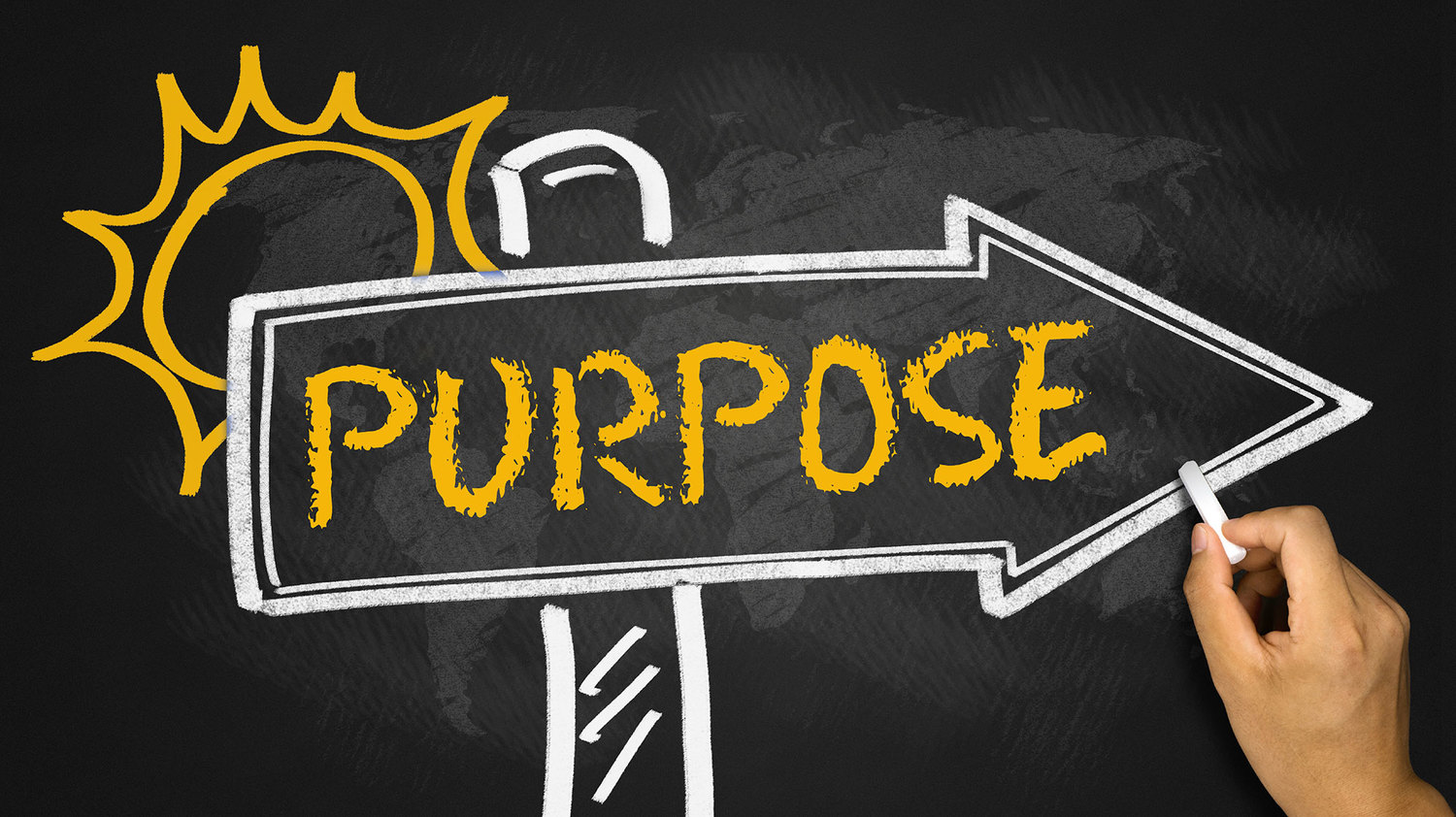By Dr. Pedro Cortina, Managing Partner at the Innerland Institute
Byron K. Mitchell offers a form of self-inquiry, that in my experience, is a profound and efficient transformational methodology. I learned about her work in the early 2000s’ through a friend’s suggestion, and in retrospect, I can say, without any room for doubt, that it has been an extraordinary catalyst for me throughout more than 10 years of practicing it.
Mitchell defines her work as a way to identify and question the thoughts that cause all your stress, doubt, insecurity, confusion, and suffering (Mitchell, 2007). These are the same thoughts that currently are (or that may eventually become) important perceptional obstacles for ourselves or for the people around us. The only prerequisite to doing this form of inquiry, in the words of its founder, is “having an open mind” (Mitchell, 2003) making this method extraordinarily accessible to all who may be interested. This form of inquiry is comprised of a few questions that we present ourselves as an invitation to inquire into our internal experience.
It can be practiced in the form of self-meditation or as a guided facilitation with the support of someone else. In essence, and in my experience, this method uses our current manifesting thoughts, emotions, or perceptional obstacles to eventually notice how the opposite can actually be as true as the initial charged thought.
As we notice, in a state of deep inquiry, that two thoughts that appear to be contradictory can actually and paradoxically be both true at the same time, the experience of separation consumes itself and the duality of polarization ends. Also, while dissolving and unifying the initial polarization, we further allow ourselves to see and access internal options and possibilities that we might have never imagined in our original stressful and rigid state of mind. As we practice and integrate this method in our lives, our visiting internal narratives and dramas tend to gently fade from our lives giving way to that infinite internal space where compassion, understanding, action, and connection naturally and effortlessly arise.
In my experience, the scope of this inquiry is incredibly vast and its applicability seems to be limitless. I have personally been able to apply and bring this work into truly difficult situations in the realms of coaching, business, leadership development, innovation, organizational development as well as core business practices such as sales, marketing, strategic planning, production, distribution, etc. Other practitioners have also been quite successful in bringing it into the realms of healthcare, education, law practice, reconciliation, and many more.
In my experience, this method is about practice, integration and depth. The results of an honest ongoing practice tend to be truly powerful.
To learn more about how to practice this method of inquiry, and to access several free worksheets please visit: http://thework.com/en/tools-do-work
Here is the link to the OBAT Worksheet:
http://thework.com/sites/thework/downloads/worksheets/onebelief_Eng.pdf
Here is a link to the JYN Worksheet:
http://thework.com/sites/thework/downloads/worksheets/JudgeYourNeighbor_Worksheet.pdf
References
Mitchell, Byron K. (2003). Loving What Is: Four Questions That Can Change Your Life. New York: Three Rivers Press.
Mitchell, Byron K. (2007). Question Your Thinking, Change The World. Carlsbad: Hay House.




































